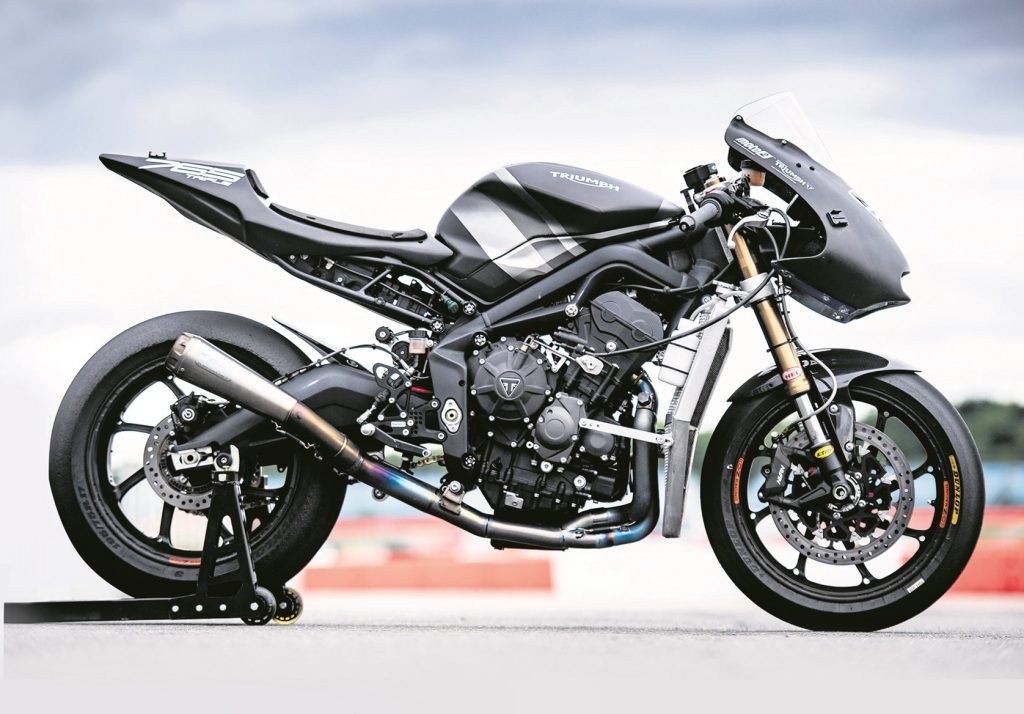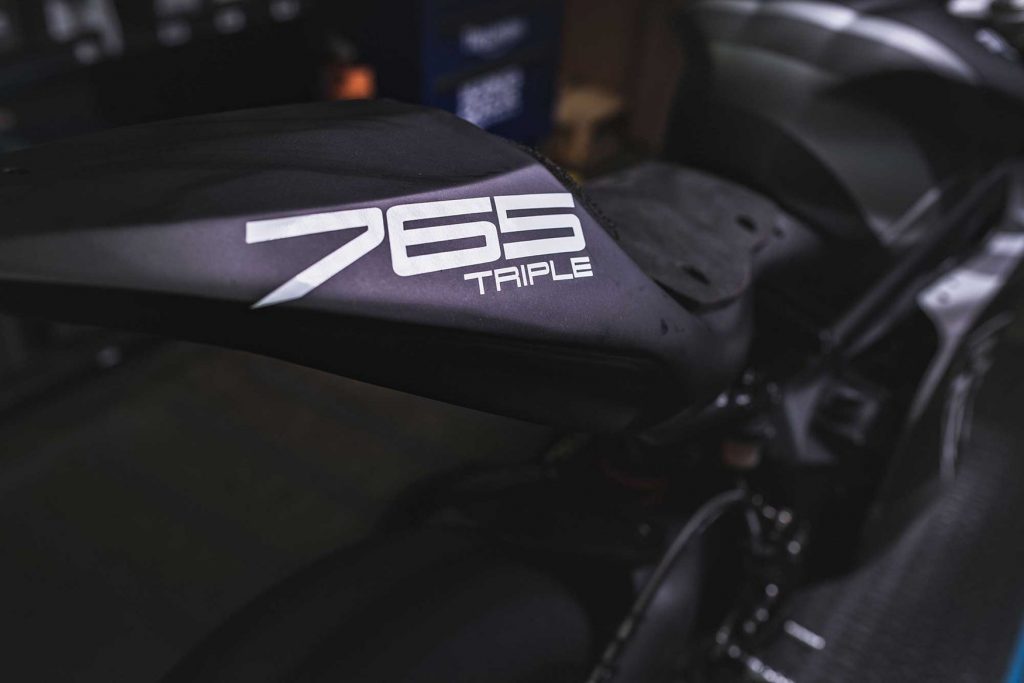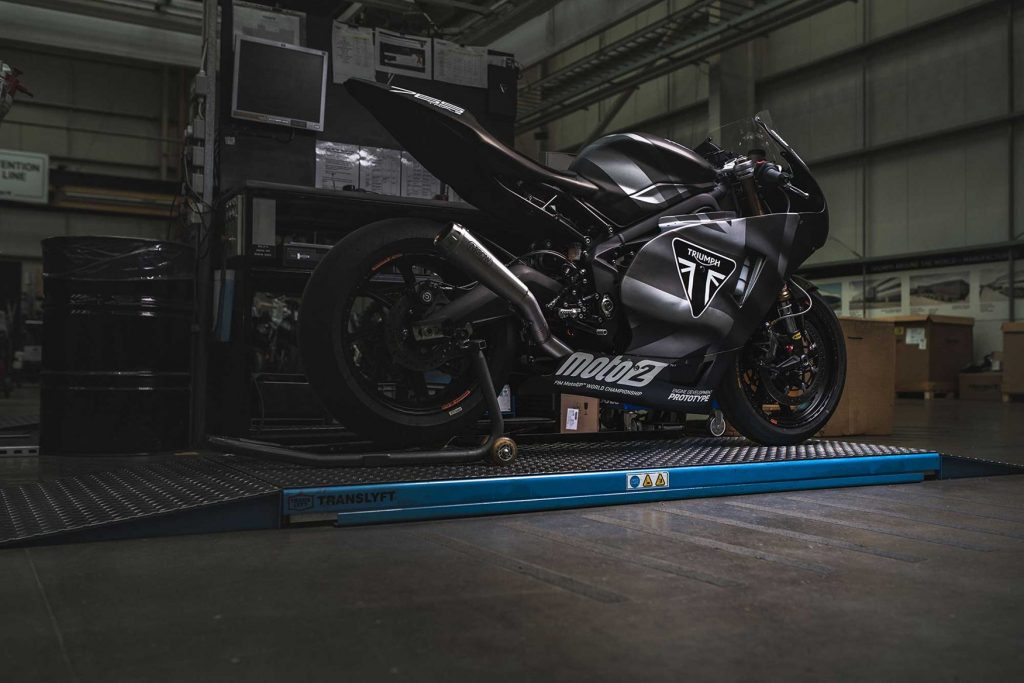-
More secrets of Triumph’s 765cc triple Moto2 engine has come to light.
-
The race engine is mostly stock.
-
The new engine will power Moto2 bikes from 2019.
In case you missed the news or have just arrived from another galaxy, you would pretty be much aware of Triumph supplying engines to the Moto2 class next year. The engine is the 765 triple based on the one powering the new Street Triple 765.
Before we proceed further, please allow us to share that the Street Triple 765 (especially the RS variant) is the most fun motorcycle we’ve ever tested, credit in part to that new engine.
Okay, we’ll leave it at that.
Triumph had revealed the third and completed engine at the British GP a couple of weeks ago. Fitted to modified Daytona chassis, the bike made a parade lap while members of the British media were given the opportunity to ride the bike. (Yes, we are green with envy; even The Hulk is less green.)
Every single journalist reported huge power in terms of acceleration and flexibility (availability of power anywhere in the rev range).
But what makes the engine tick? Surely you wonder.
Speaking to MCN, Steve Sargent, Triumph’s Chief Product Officer revealed, “We needed to get more power and torque and this was done by increasing the revs and reducing inertia. A standard 765 makes 123 bhp (in the Street Triple RS) and we’re pushing this to 135 bhp and about 80 Nm.”
Wait, only 135 bhp? You ask. Remember that Moto2 took over from 250cc two-strokers that produced on 80 to 90 bhp.
He continued, “A lot of this comes from the cylinder head. We’ve worked with the ports to increase gas flow and put in titanium valves and race valve spring to reduce flutter (valve float) at high RPM.”
What is “flutter” or “valve float”? It basically describes what happens when the valves do not follow the cam lobes effectively at high engine speeds. This is one reason why an engine’s maximum power is limited. MotoGP engineers, except for Ducati, combat this by using pneumatic valve springs.
“To reduce inertia, we did simple things like removing the starter motor and starter gears. It (the race engine) also has a race-kit alternator as the race bike has much less demand for electrical power and a lighter, fully-adjustable slipper clutch.”
“We’ve also changed the gearbox ratios. The first and second are both taller now and bring the rest of the ratios closer together.”
“Another new casting is the right-hand crankcase and clutch cover. The separate cover for the clutch allows teams easier access to the tuneable slipper clutch.”
Apart from those minor upgrades, the 765 Moto2 engine is surprisingly stock! The pistons, crankshaft, conrods, cams, main engine cases and air box are all the same as the standard bike’s!
The modifications bring the rev limit from 12,650 RPM to 14,000 RPM for more power and overrev in the corners. The 2019 Moto2 bikes will also receive a new Magneti Marelli ECU which features traction control for the first time in the championship. Besides TC, the ECU also allows for launch control and quickshifter with autoblipper.
“We’re running standard rods, standard cams, standard pistons and a standard crank. All of these parts are good enough for the higher sustained rpm and mean that the engine is affordable.
“The engines will be built and maintained by ExternPro, who built all the Honda Moto2 engines previously. We will shop them a kit of parts for each engine, they build it up, dyno test it and hand it to each team. Each (engine) will do three weekends of racing before it’s rebuilt.”Secrets of the Triumph 765cc Moto2 Engine Revealed



















